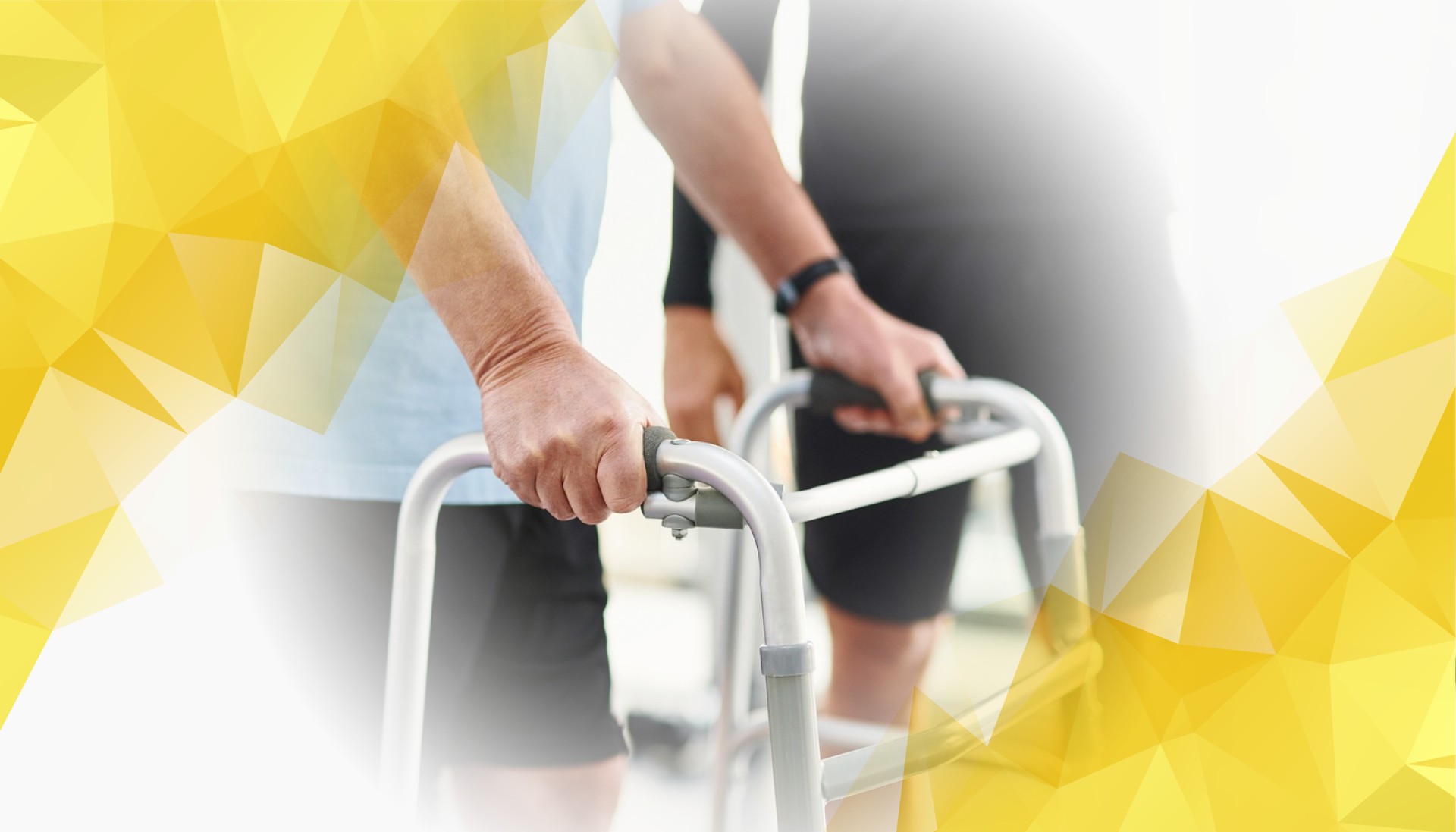Introduction
One of the biggest challenges in clinical trials today is managing participant burden —the demands placed on volunteers, including the time commitment, physical effort, discomfort, and travel to clinics. High levels of burden can lead to dropouts, incomplete data, and slower recruitment. MAI Motion is tackling this problem with an innovative markerless motion-capture system that features a simplified three-repetition sit-to-stand (STS) test and the ability to collect data remotely. This article explores how MAI Motion ’s streamlined approach helps reduce participant strain without sacrificing data quality, driving more efficient and patient-friendly clinical trials.
What Is Participant Burden and Why Does It Matter?
Participant burden encompasses all the extra effort and inconvenience people face when joining a trial—such as fatigue , pain, or the challenge of fitting study visits into busy schedules. This is particularly important for older adults or those with musculoskeletal (MSK) conditions, for whom lengthy or strenuous tests can be difficult and discouraging. Traditionally, the five-repetition sit-to-stand test has been a standard way to measure leg strength and mobility, but it’s often tiring and time-consuming. Making these assessments quicker and easier is key to improving trial efficiency and creating a more participant-centered experience.
Why the Traditional Five-Repetition Sit-to-Stand Can Be a Problem
The classic five-repetition STS requires participants to repeatedly stand up and sit down five times in a row. While it reliably assesses mobility , research shows that nearly one in five post- arthroplasty patients and a sizable portion of older adults cannot complete this test due to pain or fatigue. When assessments are too demanding, participants may withdraw, leading to data gaps and extra costs, ultimately slowing down research. This highlights the clear need for an alternative that is just as effective but less taxing.
A Shorter Test That Doesn’t Skimp on Data Quality
With MAI Motion , researchers directly compared the traditional five-repetition test to a streamlined three-repetition version, evaluating crucial movement metrics such as joint angles and consistency of motion. The findings were clear: the three-repetition test delivered data on par with the longer version, staying within clinically accepted ranges. Participants also found the shorter test noticeably easier, with reports of reduced effort and fatigue. By decreasing the number of repetitions, the risk of exhaustion drops, making the assessment more accessible—while still maintaining data reliability (Wen et al., 2025).
Better Experience Means Better Compliance
Tests that are shorter and less demanding make the process far more comfortable for participants. People are less likely to get tired, lose interest, or drop out—leading to higher rates of follow-through. Reducing repetitions lessens muscle fatigue and helps maintain steady, high-quality movement, which in turn improves the consistency of measurement results. Notably, markerless motion capture —unlike traditional methods that rely on attaching reflective markers—allows for more natural movement , further enhancing participant comfort. This approach not only respects participants’ needs but also ensures robust, reliable data, benefiting both researchers and volunteers.
Remote Monitoring: Bringing Clinical Trials Closer to Home
MAI Motion goes a step further by offering participants the option to complete sit-to-stand tests at home using a smartphone camera. All participants need to do is record and upload a short video, eliminating the need for time-consuming clinic visits. This remote, user-friendly data collection leverages advanced digital biomarkers to deliver objective, precise results while reducing the stress and hassle of repeated travel. By making clinical trial participation more flexible and convenient, it becomes easier to fit into everyday life, reducing scheduling conflicts and encouraging higher engagement.
The Power of Passive, Everyday Monitoring
MAI Motion isn’t just for scheduled tests—it can also support non-intrusive, ongoing monitoring of daily activity. This passive data collection captures a broader picture of a participant’s movement over time, allowing researchers to spot treatment effects earlier and with greater sensitivity. By integrating natural, low-burden tracking into daily routines, this approach embodies true patient-centric design—boosting comfort, compliance, and the completeness of trial datasets.
What This Means for Retention, Compliance, and Trial Efficiency
Reducing clinic visits and allowing remote participation can dramatically improve retention, keeping participants engaged for longer. Remote assessments have been shown to enhance adherence to study protocols, leading to fewer missed or incomplete assessments and more reliable, accurate data. Markerless motion capture can even provide exceptionally detailed insights—such as precisely tracking knee movement or gait patterns—using just a smartphone, and fits comfortably into home environments. By focusing on participant-friendly design, MAI Motion helps make clinical trials smoother, more efficient, and more dependable.
Looking Ahead: Expanding Applications and Research
While this streamlined protocol has proven effective for the sit-to-stand task, its principles can be easily extended to other functional activities , like squats or gait analysis, and adapted to a range of patient populations—including those with osteoarthritis , sarcopenia, or recovering from stroke. Ongoing research will explore new digital biomarkers, expand to larger and more diverse groups, and validate additional functional tasks, moving toward a richer and more comprehensive view of health in clinical trials.
Conclusion
MAI Motion ’s three-repetition sit-to-stand test , coupled with effortless remote data capture, offers a user-friendly way to lower participant burden without compromising data quality. This innovation supports the ongoing shift to patient-centered, decentralized clinical trials—improving recruitment, retention, and overall study outcomes. For sponsors aiming to make trials more efficient and inclusive, MAI Motion ’s technology is a smart, forward-thinking choice that meets both participant needs and research goals.
Making clinical trial participation easier and more appealing is a crucial step toward more effective, inclusive health research—and MAI Motion ’s approach is helping to lead the way.
References
Wen, Y., Verma, T., Whitehead, J. P., & Lee, P. (2025). Empirical Validation of a Streamlined Three-Repetition Sit-to-Stand Protocol Using MAI Motion. Applied Sciences, 15(10), 5688. https://doi.org/10.3390/app15105688
Kai Armstrong, Yan Wen, Lei Zhang, Xujiong Ye, Paul Lee. (2022). Novel Clinical Applications of Marker-less Motion Capture as a Low-cost Human Motion Analysis Method in the Detection and Treatment of Knee Osteoarthritis.

